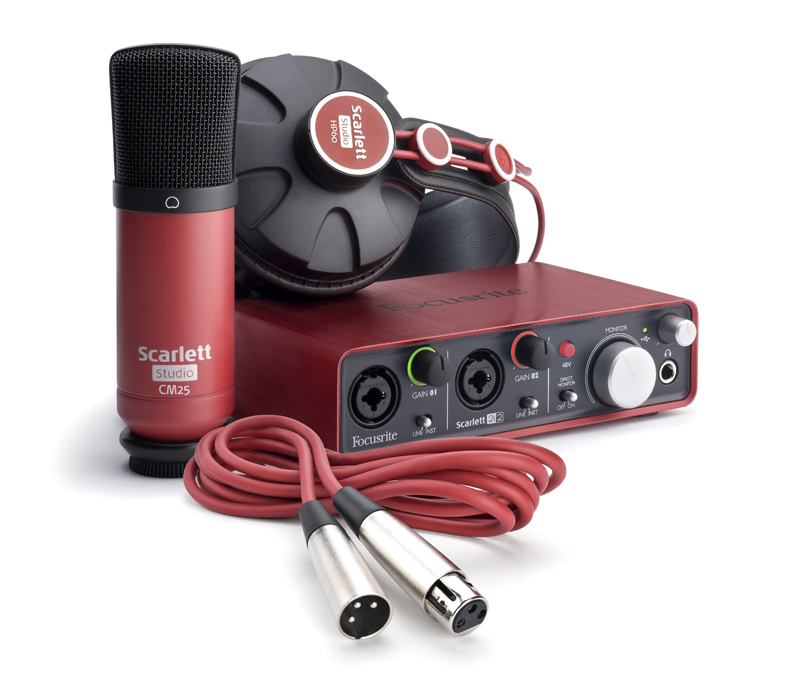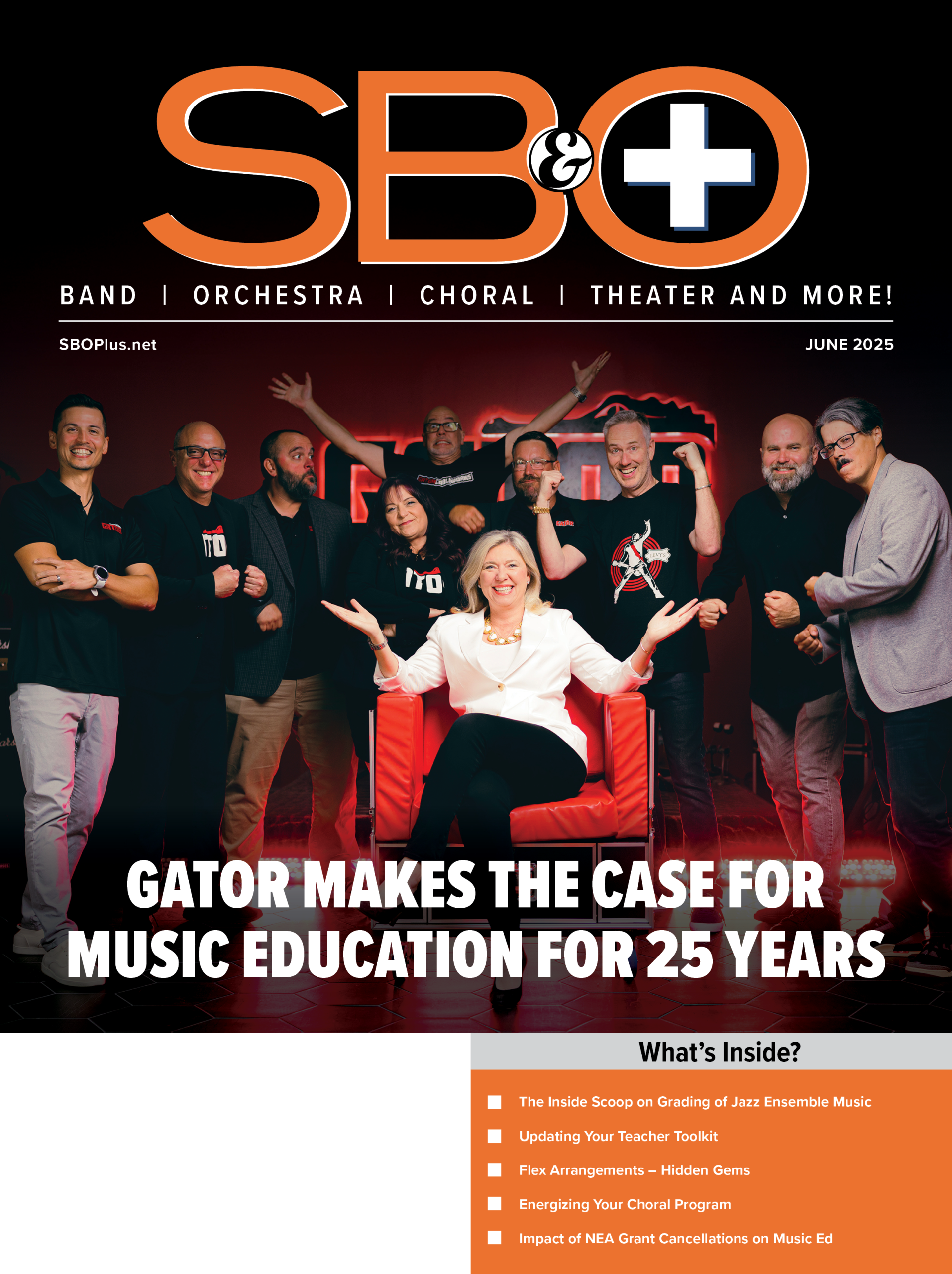By Dr. Vada M. Coleman
Pressures from education reforms have contributed to the need for music educators to embrace new and diverse instructional strategies to enhance the learning environment. Traditional general music instructional strategies have become antiquated compared to popular 21st-century music trends. How teachers learn to organize thought patterns that align with the National Standards is a crucial component in determining how they instruct and motivate students to learn and achieve academic and social success (Hargreaves, 2003). There are many advantages to blending musical learning experiences with the total educational curriculum. Music teachers are making strides to understand the pedagogy of teaching and learning. They are realizing that new learning experiences in the classroom practice, when blending musical and cognitive activities, can increase comprehension, information processing, cognitive skills and engage students in learning experiences to link academic areas.
In my recent study, the questions were posed, “How effective are the instructional strategies in the music classroom and do they align with the National Standards for Music Educators (NSME)?” and “How can Bloom’s Revised Taxonomy (BRT) link varying teaching practices with the NSME to assist music teachers and support a standards-based curriculum?” The study involved investigating the efficacy of instructional strategies used in middle school general music classrooms to determine how they align with the National Standards for Music Education (NSME) and link with Bloom’s Revised Taxonomy (BRT). Ten middle school teachers were surveyed to gain knowledge of their familiarity and regular use of the NSME and BRT. Each teacher submitted two lesson plans for a content analysis and four of the music teachers agreed to an in-depth interview to discuss the activities and teaching practices. Emergent themes were derived from the triangulated artifacts. The participants were three novice teachers with a range of 1 to 7 years of teaching experience, three experienced teachers with 10 to 18 years of experience, and four veteran music teachers with 20 to 40 years of experience. School demographics included three school districts – suburban, rural, and urban, with diverse populations and socioeconomic statuses.
Overview of the Study Findings
Specific characteristics and patterns were established from the lesson plan content analysis to organize themes and relationships between the use of metacognitive instructional strategies as outlined in Bloom’s Revised Taxonomy Cognitive Activity (BTCA) and how they linked with the National Standards for Music Education (NSME). Three of the six BRT lesson objectives were consistently used by the teachers. BTCA 2 (understanding) involves constructing meaning from different types of functions, such as written or graphic messages, visuals, poster boards; writing and notating original lyrics; and demonstrating sounds on instruments to teach what they are and how they sound. Field trips to the theater and the symphony, books and videos, and other activities that relate to real life were examples of how the teachers instructed and engaged students.
Teachers incorporated activities to help the students understand and interpret the historical and cultural characteristics of music. For example, cross-curriculum units were integrated, and the students were instructed to write original lyrics, which links music with language arts, history, and culture. These lessons included strategies that explored the history and culture of rap and hip hop music; to explain and analyze how hip hop is actually a culture and rap is best defined as the music of the culture. Learning this information gave the students an understanding of the hip hop genre, culminating with a cooperative group project activity of designing graffiti, which is also a part of the hip hop culture and links music and visual art. Other related cognitive activities included composing original rap songs and beats to incorporate history, the culture, and the language of hip hop.
BTCA 3, which represents applying (carrying out or using a procedure through executing) or implementing, was also used on a regular basis. Activities and lesson objectives utilized in the classroom included preparing for show choir competitions with choreographed dance movement, concert music performances with signing and hand jive movements, along with movement to accompany the daily warm-ups and vocalizations. The teachers expressed that performances are an outgrowth of what has been taught in the class and are supported by the standards. Each performance based activity objective was geared to provide the students opportunities to demonstrate learned stage and performance techniques.
The third cognitive domain regularly used by most of the teachers was BTCA 6 (creating: putting elements together to form a coherent or functional whole; reorganizing elements into a new pattern or structure through generating, planning, or producing). The teachers implemented group projects to encourage the students to collaborate as a team to write and compose original songs and music, along with raps with beats that were notated. Project demonstrations included counting and notating the music on the musical staff and playing the compositions on the keyboards or acting out through role play with accompanying music.
Three of the national standards were implemented consistently in the 10 classrooms on a regular basis. NSME 2 (performing on instruments, alone and with others, a varied repertoire of music) was the primary standard used in the classroom. The teachers used interactive instructional strategies, such as peer teaching, particularly in the keyboard lab, which works well because the students sit in groups of two so they can easily work together. Teachers discovered the students are able to retain the information better, especially when they are working with their peers. The students shared things learned from each other, which often promoted retaining the information better. One of the teachers called this instructional strategy “Each One, Teach One.” Her classroom was set up in four keyboard stations with headphones and the students were allowed to rotate in and out for independent projects while the class was being taught basic piano and keyboard skills. Keyboard lesson concepts were taught, and once mastered, the students would become the teacher and then teach the next one, and if they ran into problems, the teacher would serve as the facilitator. The students were encouraged to take their time to learn and master each concept because they realized that they had to think about how they were going to teach it to the next student. This instructional strategy also supported and promoted NSME 4 (composing and arranging music within specified guidelines).
NSME 6 (listening to, analyzing, and describing music) was the third standard consistently incorporated in the music classrooms of the 10 teachers. Activities related to the standard supported teacher-modeled performances of classical music, along with classical music listening exercises and listening maps. Watching videos and sometimes allowing the classes to watch YouTube were incorporated with exercises that compared and contrasted music artists, like Lauren Hill from her beginning at 13 when she performed at the Apollo Theater with her performance on MTV’s Unplugged series. Each teacher used instructional strategies to help music students generalize and find similarities, like a Bach cantata to strengthen listening and analyzing skills.
Other activities that supported NSME 6 evolved from the fact that students watch television. Teachers would instruct students to analyze the top themes from shows on major networks such as NBC, ABC, and CBS, as well as listen to activities from compact disks that had the music from top television show theme songs and relate the songs with something in their real lives. This activity promoted class participation to get them to think. For example, one of the theme songs was Will Smith’s “Fresh Prince of Bel-Air.” In this lesson, the students listened to the song and then discussed the different rhythms in it, which promoted engaging their cognitive thinking skills. The students were listening, critiquing, and analyzing the music to hear the different sounds, while also comparing and contrasting the music to music they hear every day.The cognitive movement helps students learn how to learn rather than be passive receptacles of information (Bamberger, 2002).
The BRT cognitive activity objectives used revealed that the quality of instruction is improved through multiday project models such as cross-curriculum interdisciplinary and integrative units, promoting related educational objectives that focus on a specific topic and provide a context of interpreting daily activities and assessments (Anderson et al., 2001, p. 110). The outcome of this evaluative case study included optional ways to achieve effective standards-based learning through the positive attitudes of adolescents that are acquired through learning experiences related to skill development. The results showed evidence that students who have acquired a fundamental working knowledge of music are better students in other academic areas and are being equipped to become lifelong learners and consumers of music (NAfME, 2004).
The results also indicated that the teachers practiced methods of instruction that were understandable; standards based; and, for the most part, hands-on, engaging, and promoted connecting critical thinking skills through musical learning experiences. Findings supported that standards-based instruction aligned with the cognitive domain of the revised taxonomy addressed cognition as a thinking, active process and provided a variety of learning objectives that extend beyond the traditional general music class experience. A classroom that implements metacognitive instructional strategies is one full of energy, engagement and rigor.
Whether the students are singing, playing, or listening to music, involving metacognitive activities will connect how exciting the learning experience is for the participants (Flavell, 1987).Overall, students will benefit from being able to process information more effectively, which will have a positive impact on society, education, and the overall quality of life.
Dr. Vada M. Coleman is a veteran K12 general music and choral director. She serves as the GMEA District IV Assistant State Chair and Honors Chorus Chair, a mentor, guest honors chorus clinician and an adjudicator for NAACP and county sponsored literary competitions and evaluations. Please feel free to contact Dr. Coleman for more information on her collection of engaging lesson plans and upcoming workbook via email: dr.vadac_music@aol.com
Bibliography
Hargreaves, A. (2003). Teaching in the knowledge society: Education in the age of insecurity. New York, NY: Teachers College Press.
Bamberger, J. (2002). “On making distinctions permeable: A view of creativity as learning.” Retrieved from www.biu.ac.il/hu/mu/min-ad02/bamberger.html
Anderson, L., Krathwohl, D., Airasian, P., Cruikshank, K., Mayer, R., Pintrich, P., & Wittrock, M. C. (2001). A taxonomy for learning, teaching, and assessing: Arevision of Bloom’s taxonomy of educational objectives. New York, NY: Longman.
National Association for Music Education. (2004). National standards for arts education: What every American should know and be able to do in the arts. Reston, VA:Author.
Flavell, J. H. (1987). “Speculations about the nature and development of metacognition.” In F. E. Weinert & R. H. Kluwe (Eds.), Metacognition, Motivation and Understanding. pp. 21-29. Hillside, New Jersey: Lawrence Erlbaum Associates.




















